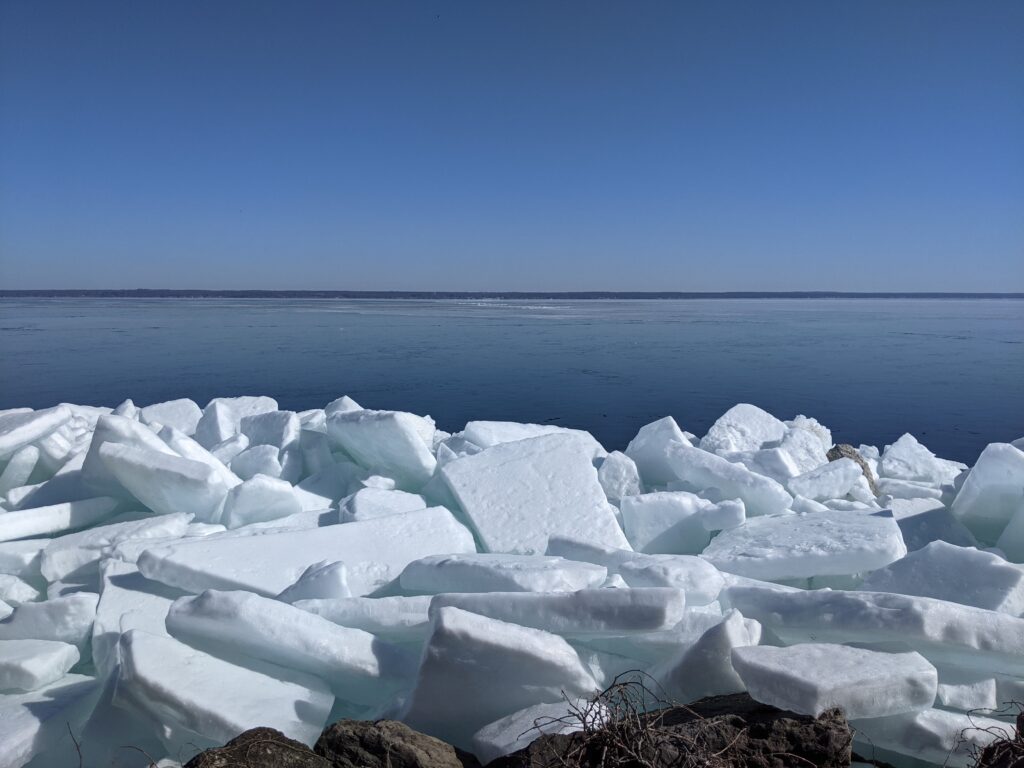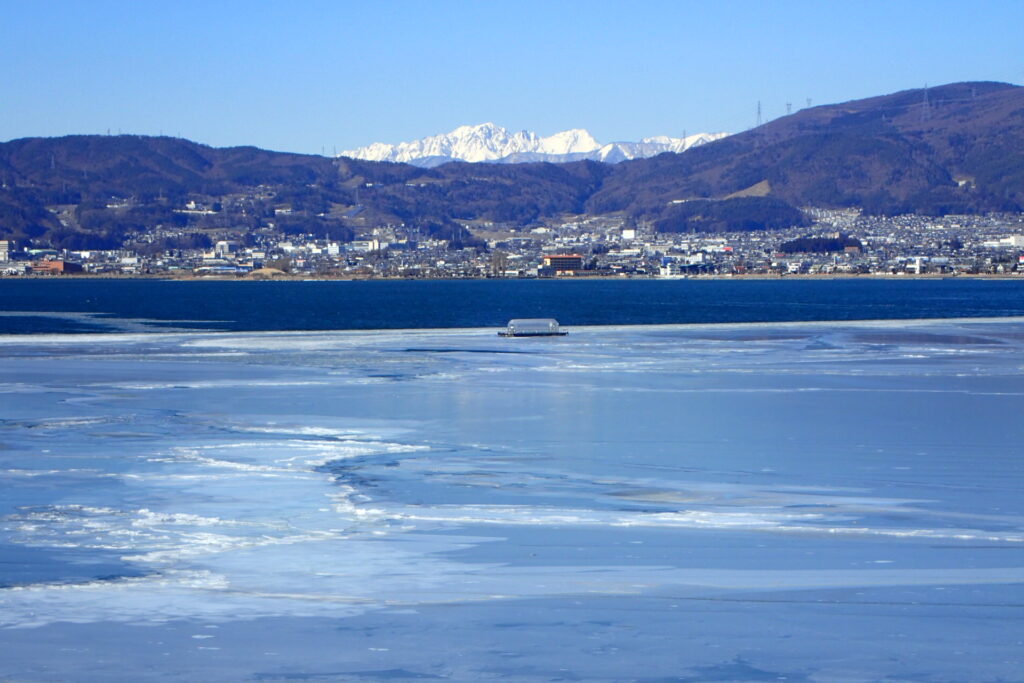
Lakes in the Northern Hemisphere warmed six times faster from 1992-2016 than at any other comparable period in the last 100 years, according to a new collaborative study by a team of scholars that included SUNY New Paltz Biology Professor David Richardson.
“We found that lakes are losing on average 17 days of ice cover per century,” said Sapna Sharma of the Faculty of Science at York University, who led the study along with Richardson and climate scientist Iestyn Woolway of the European Space Agency Climate Office, United Kingdom. “Many of our lakes may be approaching a tipping point to ice-free conditions which will have vast cultural and ecological implications.”
Lake Superior is one of the fastest-warming lakes, losing more than two months of ice cover since records of ice conditions started in 1857. In Lake Suwa, in Japan, ice formed close to 26 days later per century since 1897 and is now only freezing twice every decade, while Grand Traverse Bay in Lake Michigan had one of the fastest ice-off trends, melting about 16 days earlier per century.
The paper, Loss of Ice Cover, Shifting Phenology, and More Extreme Events in Northern Hemisphere Lakes, was published in the October issue of the Journal of Geophysical Research: Biogeosciences.
It detailed the researchers’ assessment of ice trends for 60 lakes through a study of ice phenology records ranging from 107 to 204 years old, dating to pre-Industrial Revolution times.
They found that, on average, these lakes were freezing 11 days later and thawing 6.8 days earlier. Extremely warm winters over the last several decades have contributed to the increasing rate of ice loss, especially in larger lakes and in southern and coastal regions.
“The duration of winter ice cover has decreased, particularly since 1995, to the point where some lakes are beginning to have more winters with minimal or even no ice cover,” Richardson said. “For example, some deep lakes in Switzerland and Germany, which historically used to freeze each winter, have permanently lost their ice cover in the past few decades.”

Lake ice phenology is considered an important sentinel of climate change. Richardson and his collaborators provide evidence that a reduction in greenhouse gas emissions will be needed to mitigate loss of lake ice cover, and limit ecological, cultural and socioeconomic consequences like degraded water quality and formation of toxic algal blooms.
This latest study adds to an extensive publication record for Richardson, a leading expert in lake biology and the impacts of global climate change on freshwater habitats. See other recent studies from Richardson and his collaborators here and here, and visit the Department of Biology online for more information about faculty-mentored research opportunities for students.

